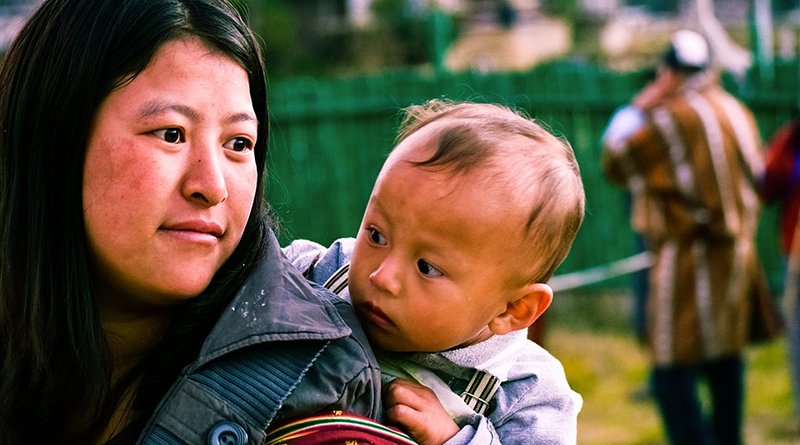Bhutan Launches Comprehensive National Development Plan 2030 – Analysis
By SAAG
By Dr. S. Chandrasekharan
On 27th June, little noticed but having the potential to have a long-term impact was the launching of a vision document for the next 20 to 30 years for sustainable development and a self-sufficient economy for Bhutan.
The document termed “Comprehensive National Development Plan 2030 (CNDP 2030) was the joint effort of 40 Bhutanese Officials of the Government with 17 Japanese Experts who worked for the last few two years to review the existing policies over 170 in number, strategies, Acts and Regulations to come up with development objectives, scenarios and alternatives.
The Bhutanese officials visited Japan and learnt first-hand the experience of Japan in pursuing development at local levels. They had also visited 20 dzongkhags, met the stake holders in local governments and the civil society for creating development alternatives. Eight joint working teams worked relentlessly to produce a report that can be proudly called the “mother of all development documents”.
The vision document takes into account the 12th Plan and does not clash with its objectives. On the other hand, in enhances its sustainability and implementation.
The document takes into account two basic challenges- the migration from rural to urban areas and in the larger matrix movement from East to West. The idea is to work for a balanced development urban- rural areas, identification of policies and generally in conformity with the national goal of Gross National Happiness with its four pillars and nine domains.
Put in simple terms- the plan indeed a master document is
- To harmonise plans between settlement and non-settlement areas.
- Sustainable and balanced use of limited land among different sectors.
- Balanced development in urban/rural sectors to maximise Gross National Happiness. It is said that in terms of poverty index too, the urban households fare better and the same disparity exists regionally between east and west. The challenge is to set right the imbalance.
The Plan takes care of the development of National Spatial Structures for promotion of balanced development through the creation of capital regions, urban regional centres, National land use plan all under one vision document.
Once before, during Jigme Thinley’s time Bhutan tried to address the problems of development and governance by inviting the well-known Global Management Consultants- the McKinsey & Co, but the suggestions made could not be implemented as Bhutan was not yet ready for making such drastic changes.
In the present case, the challenge is not about finding funds or fitting into five year plans, but for the people at all levels from the gross roots to the top to take ownership of the proposals in the vision document and implement them not in one geographical area but throughout Bhutan and not in one area of activity like environment or agriculture but in a holistic manner in all sectors with the sincerity that it deserves.
Perhaps a separate Ministry may become inevitable once the proposals start get implemented to ensure proper coordination, keeping in mind that the whole objective is for de centralization- for a just, harmonious and sustainable society and in keeping with the ideals of gross national happiness.

